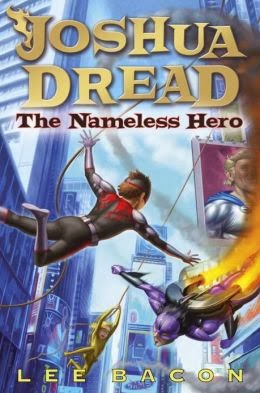Samantha Wheeler, Wombat Warriors, University of Queensland Press, 3 April 2017, 192pp., $14.95 (pbk), ISBN: 9780702259586
The most awful thing has happened to Mouse (AKA Minnie, but she prefers Mouse) when Wombat Warriors opens: she is being dropped off at her Aunt Evie’s house in South Australia, while her Mum and Dad go to Ireland for a funeral. Mouse, on her introduction to readers, lives up to her nickname, as she moves in with an aunt she hasn’t seen in ages.
Evie is the kind of talkative adult that any kid would find intimidating. She is a gregarious character, the kind that can fill rooms and silences with ease, while Mouse is anything but. However, Evie is also patient and clearly loves her niece, which allows Mouse to blossom just a bit in her presence.
That, though, is not the case at school. There Mouse is the outsider, the “Queenslander” and a target for ridicule. Wheeler lets Mouse be upset at the treatment, but also lets her find strength in her difference – in her drawing and her desire for the library as a safe haven.
And, the wombats are the final piece in the Mouse evolution. Miss Pearl is a wombat that Aunt Evie rescued and keeps in her house. She’s a secret because her landlord, Mrs Campbell, is a farmer who hates wombats. But, it’s Miss Pearl who starts to bring Mouse of her shell, giving her the unconditional acceptance only an animal can.
Later, it’s another wombat that introduces her to Harry, her only friend and a boy who is an outsider (of sorts) in his own family. They bond over their love of wombats, and their desire to save them from the farmers (and Harry’s mother, Mrs Campbell) who think of them as a nuisance and often try to kill them – this is presented with sensitivity and care in the book, which suits the intended age group.
Their rescue efforts grow, and from there the Wombat Warriors are born. The club is the culmination of Mouse’s evolution, her standing up to Mrs Campbell and other farmers, and her fight for the safety of the wombats on the land. Her choice of weapon? Her mind and a project on wombats and living safely with them on farms.
It’s clear that conservation is close to Wheeler’s heart, as the book comes with end notes about wombats, and conservation organisations readers can look up online. The book is a wonderful introduction to Australian wildlife, and the dangers they face from individuals who are doing what they think is best for their farms. Wheeler shows readers there’s always a better way.
Reviewed by Verushka Byrow






